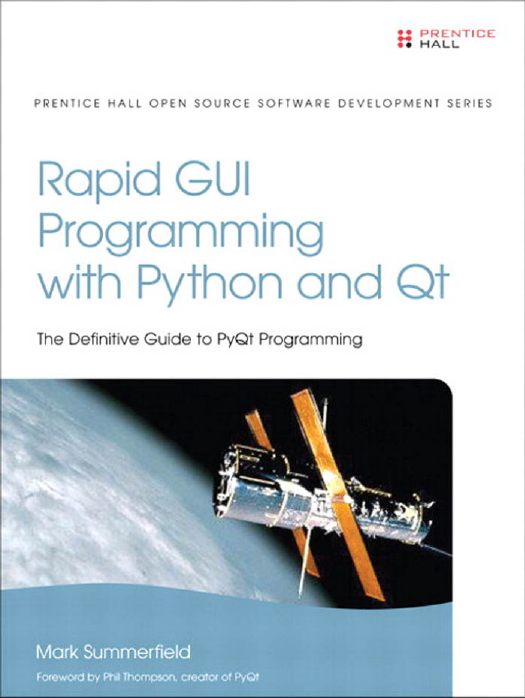
Some people prefer to make clearer what they are doing in each case when they only do one of the operations.You can even configure fstream at every moment to only accept reading or just accept writing, thus avoids making mistakes, so even in this it is equal, provided that you use it. To fix the problem you should not create more than one window with tkinter and whenever it is to destroy a window to create another, also create a new PhotoImage.įstream serves to read and write in files (may even create if it does not exist), it does not serve to delete files.Under normal conditions there is no problem at all in this, you can use.
PYQT4 OPEN FILE DIA CODE
This code does not generate error:from tkinter import * This code generates error because I try to reuse the previous PhotoImage:from tkinter import *īack.la = PhotoImage(file = 'C:/Users/Jean Extreme/Desktop/Jean Extreme/Extreme/Fotos/Placa Minecraft Like.png')
PYQT4 OPEN FILE DIA WINDOWS
Example:This code generates the same error you showed because 2 windows are created:from tkinter import * Much of the time, this error occurs when you create one or more windows with the Tk or else when you destroy the current one, create a new one and reuse the previous PhotoImage.

Certainly, there is much more code of your program that you did not show. Only the code you showed works perfectly. Print("".format(stat.st_size, fecha_creacion, fichero))Įxample of (part of) the output that produces: 1099016 Sat Mar 24 13:27:35 2018 bash As an example, a modification of the previous loop to also print the size of each file and the creation date, by alphabetical file name order:for fichero in sorted(os.listdir()):įecha_creacion = (stat.st_ctime).strftime("%c")
PYQT4 OPEN FILE DIA HOW TO
You will also need to know how python represents dates and hours (and how to print them), which is documented in the module. The most important fields you could stay with are st_size (size in bytes) and st_ctime (file creation date).Look at the module where you can find many more functions that allow you to access primitives of the operating system, which will certainly be useful when interpreting a shell. What returns you is a type object, perhaps hard to interpret if you are not clear how the file system works. These details can be obtained with the function os.stat() to which you have to pass the file name. To better emulate behavior ls you would need to know details such as the size of each file, the time it was modified, etc. Text in selected file will be displayed in TextEdit control.To get the list of files in a folder, you have the function os.listdir() that returns a list with the names of each of them. QBtn = QDialogButtonBox.Ok | QDialogButtonBox.Cancel Super(CustomDialog, self)._init_(*args, **kwargs) The complete code for exec_() method is as follows − The above code produces the following output − Self.btn1 = QPushButton("QFileDialog object") Self.btn = QPushButton("QFileDialog static method demo") Super(filedialogdemo, self)._init_(parent) The contents of the selected file are displayed in the TextEdit widget. The second button invokes the file dialog by calling exec_() method on QFileDialog object. The selected image file is displayed on a label widget. The first button invokes the file dialog by the static method.įname = QFileDialog.getOpenFileName(self, 'Open file', Enumerated constants are −ĭisplays only those files having mentioned extensionsīoth methods of invoking the file dialog are demonstrated in the following example. Uses the file name selected by the user to save the fileĭetermines whether the file box acts as open or save dialog Returns name of the file selected by the user to open it Important methods and enumerations of QFileDialog class are listed in the following table − Sr.No.

The starting directory and default file name can also be set.

Static functions of QFileDialog class ( getOpenFileName() and getSaveFileName()) call the native file dialog of the current operating system.Ī file filter can also applied to display only files of the specified extensions. The dialog is invoked either through static functions or by calling exec_() function on the dialog object. It enables the user to navigate through the file system and select a file to open or save.


 0 kommentar(er)
0 kommentar(er)
